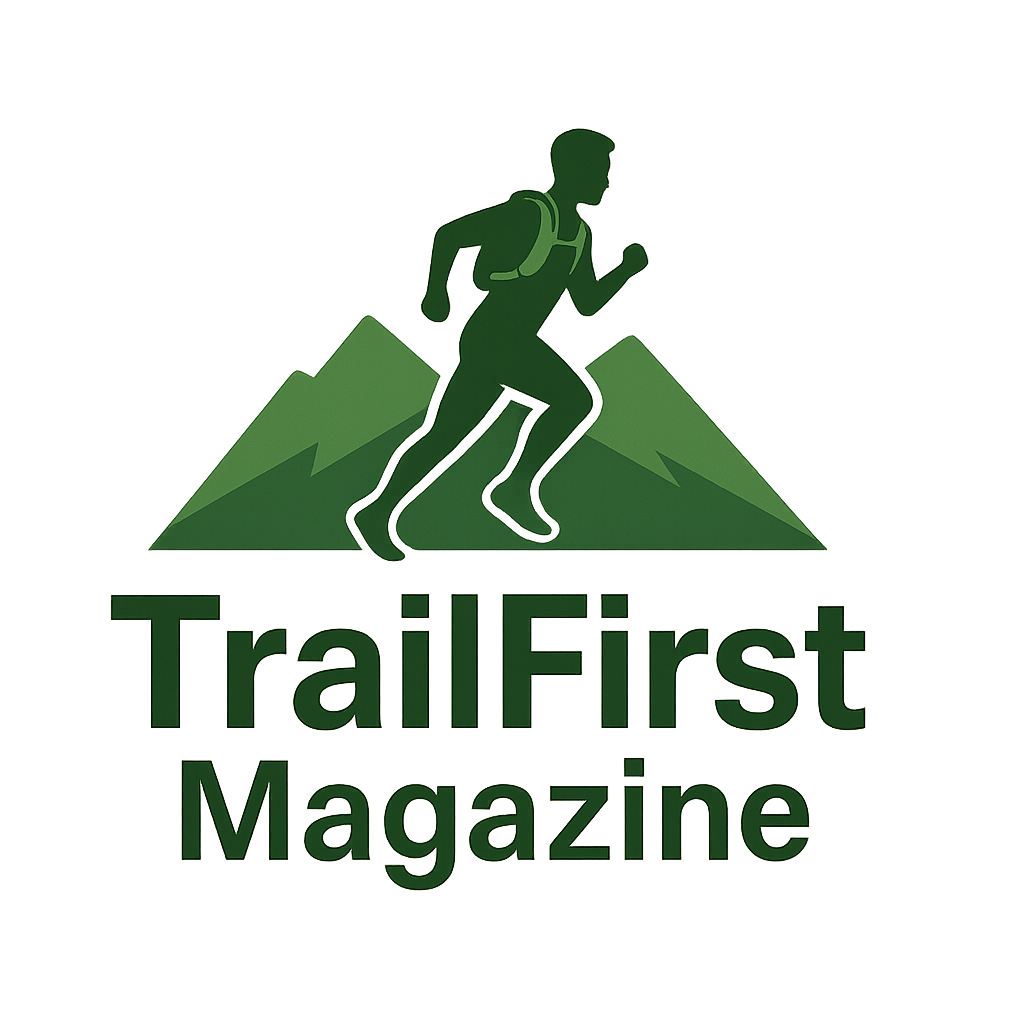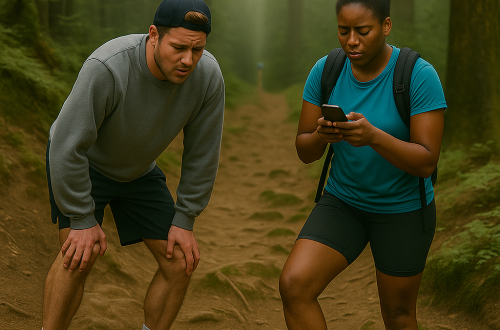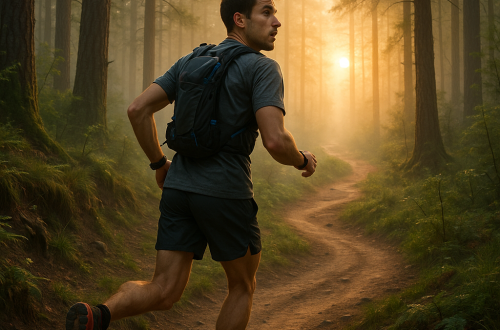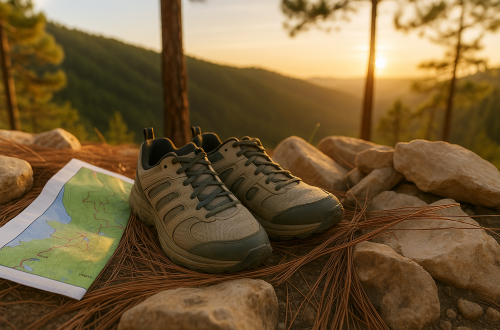
How do I find beginner-friendly trail running routes?
Why Trail Running is Perfect for Beginners
Trail running might seem intimidating at first, but it’s actually one of the most rewarding ways to get into running. Unlike pounding pavement, trails offer softer terrain, beautiful scenery, and a slower pace that’s easier on the joints. For beginners, it’s a chance to connect with nature, build endurance gradually, and escape the hustle of city life. But the key to enjoying it from the start? Finding the right beginner-friendly trail running routes.
What Makes a Trail Beginner-Friendly?
Not all trails are created equal, especially when you’re just starting out. So, what should you look for in a beginner-friendly trail?
- Low Elevation Gain: Steep climbs can be tough on new runners. Look for trails with gentle inclines or rolling hills.
- Shorter Distance: Start with trails under 5 miles. You can always build up as your fitness improves.
- Well-Marked Paths: Trails with clear signage and maps reduce the risk of getting lost.
- Stable Terrain: Avoid overly technical trails with lots of rocks, roots, or narrow ledges.
- Accessibility: Choose trails that are easy to get to and have parking or public transport options.
These features help ensure your first trail runs are enjoyable, not overwhelming.
How to Use Trail Apps and Websites to Find Routes
Technology is your best friend when it comes to finding beginner trail running routes. Here are some of the most popular tools:
- AllTrails: One of the most comprehensive apps for trail discovery. Use filters to search for ‘easy’ trails and read user reviews for insights.
- Strava: While known for road running, Strava’s heatmaps and segment explorer can help you find popular trail routes in your area.
- Trailforks: Originally built for mountain biking, this app also includes trail running routes with difficulty ratings.
- Gaia GPS: Great for downloading offline maps and tracking elevation profiles before you go.
- Komoot: Offers route planning with surface type and difficulty filters, ideal for beginners.
When using these tools, don’t just rely on the star ratings—read the comments and look at elevation charts to get a full picture of the trail’s difficulty.
Tips for Reading Trail Maps and Elevation Profiles
Understanding trail maps and elevation profiles can help you avoid biting off more than you can chew. Here’s how to interpret them:
- Contour Lines: These lines show elevation changes. The closer they are together, the steeper the trail.
- Trail Length: Check the total distance and consider your current fitness level. A 3-mile trail with steep climbs can feel harder than a flat 5-mile route.
- Elevation Gain: Look for trails with less than 500 feet of elevation gain for a beginner-friendly experience.
- Trail Type: Loop trails are great for beginners—they bring you back to your starting point without backtracking.
Many apps will also show user-uploaded photos, which can give you a visual sense of the terrain and trail conditions.
Local Resources and Communities to Explore
Sometimes the best beginner trails are the ones locals know and love. Here’s how to tap into your community:
- Local Running Clubs: Many have trail-specific groups or beginner meetups. They often share routes and tips.
- Park Districts and Nature Centers: These often maintain trails and provide maps, brochures, and guided hikes.
- Outdoor Stores: Staff at stores like REI or local outfitters are usually trail enthusiasts and can offer personal recommendations.
- Facebook Groups and Reddit Threads: Search for trail running groups in your area. Members often post about recent runs and trail conditions.
Connecting with others not only helps you find trails but also builds motivation and confidence.
Safety Tips for New Trail Runners
Safety is essential, especially when you’re new to trail running. Here are some key tips:
- Tell Someone: Always let someone know where you’re going and when you expect to return.
- Check the Weather: Trails can become slippery or dangerous in bad weather. Avoid running during storms or extreme heat.
- Bring Essentials: Carry water, a small first-aid kit, and your phone. A whistle and ID are also smart additions.
- Stay on Marked Trails: Straying from the path increases your risk of getting lost or injured.
- Run During Daylight: Stick to daylight hours until you’re more experienced with trail navigation.
Being prepared helps you stay safe and enjoy the experience without unnecessary stress.
How to Build Confidence on the Trails
Confidence comes with experience, but there are ways to fast-track your comfort on the trails:
- Start Slow: It’s okay to hike the hills and jog the flats. Trail running isn’t about speed—it’s about the experience.
- Repeat Routes: Running the same trail a few times builds familiarity and reduces anxiety.
- Run with a Buddy: Having a partner can make the run more enjoyable and safer.
- Track Your Progress: Use apps to log your runs and celebrate small wins. Seeing improvement is a huge confidence booster.
- Learn Trail Etiquette: Knowing when to yield and how to share the trail makes you feel more at home in the community.
Remember, every trail runner started somewhere. The more you get out there, the more natural it will feel.
Final Thoughts: Your Trail Journey Starts Here
Finding beginner-friendly trail running routes doesn’t have to be complicated. With the right tools, a bit of research, and a willingness to explore, you can discover trails that match your pace and comfort level. Whether you’re using apps, joining local groups, or simply following your curiosity, the trails are waiting. Lace up, take a deep breath, and enjoy the journey—one step at a time.
Powered by: aiContent.live





